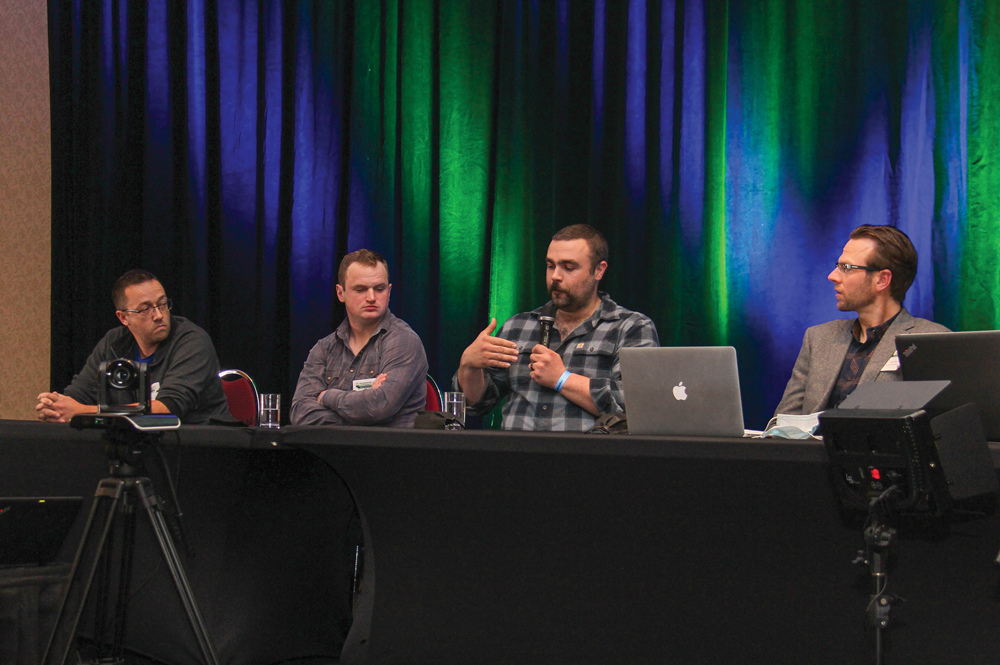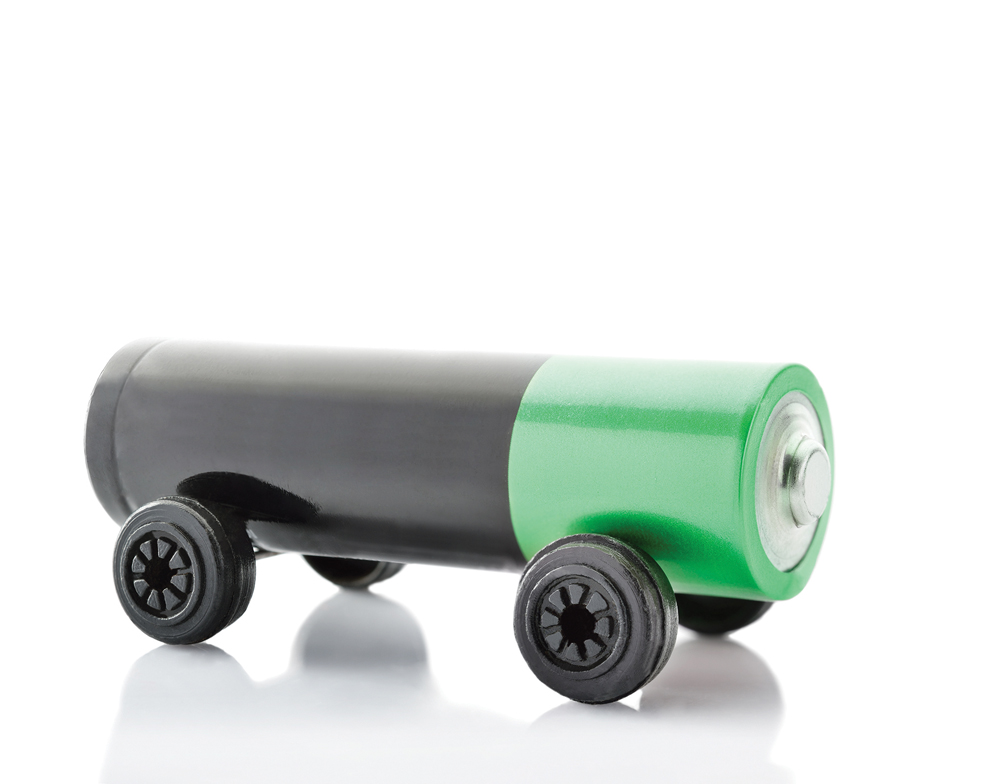BERNIE PEET Peet on Pigs
Bernie Peet is president of Pork Chain Consulting Ltd. of Lacombe, Alberta, and editor of Western Hog Journal. His columns will run every second week in the Manitoba Co-operator.
Second of two articles on nutrition during lactation
In my previous article, I looked at the factors that influence sow feed intake during lactation and pointed out the reasons why it’s important to maximize feed intake. Part of this objective can be achieved by feeding management itself, especially the feed scale used. Another approach is to enhance the nutritional value of the diet and this is a particularly successful strategy for gilts and second parity sows.
Read Also

Do the math on replacement heifers
Beef farmers should know what it costs them to raise a replacement heifer and, based on that, decide the best replacement strategy to grow both their herd and their profits.
Lactation feed scales
If the lactation nutrient requirements of a high-yielding gilt or sow are calculated, it shows that, depending on milk production level and the energy density of the diet, gilts need to consume an average of 6.0-6.5 kg/day and sows 8.0-8.5 kg/day during the lactation period if they are not to mobilize their own body reserves.
In practice it may be difficult to achieve these levels unless all aspects of management are very good. Application of a well-controlled feed scale will help to maximize intake. It will also reduce the risk of sows losing their appetite at seven to 10 days, especially in gilts and young sows. While actual scales will vary depending on genetics, environmental and management factors, the same general principles apply:
Farrowing to seven days: Provided the sow has been fed correctly prior to farrowing, feed can be increased steadily to achieve a rapid increase in milk production. Starting at 2.5 kg/day on Day 1 (the day after farrowing) feed level can be increased by 0.5 kg/day to reach 5.5 kg on Day 7. All sows and gilts should eat this amount.
Days 8-14: In the second week of lactation, the ideal situation is to continue to increase feed intake by 0.5 kg/day. However, in most gilts and some sows this will not be possible, thus the feed curve, in many cases, will need to be “flattened out” a little by holding the same level for two days at a time. These adjustments need to be made according to experience and the feed scale adjusted accordingly.
Days 15-21: Assuming sows are weaned at around 21 days, the week prior to weaning is crucial from a nutritional viewpoint because, at this stage, nutrition has an effect on the number of mature ova shed after weaning. Therefore, feed levels should be increased as much as possible, on an individual sow basis, using 0.5 kg/day increase as a guide.
Record keeping important
Recording daily feed intake on a lactation feed chart is essential in order to monitor the intake of individual sows. It enables all the farm staff to see what the sow ate in previous days and what should be fed on the current day, which is especially important at weekends. It also allows any general reduction in feed intake to be identified and investigated.
Increasing the frequency of feeding will result in higher intake. While most producers feed twice daily if feeding is by hand, increasing use of automation means that it may be possible to increase this to three or more feeds. In Europe, where liquid feeding systems are widely used, feeding up to six times per day leads to very high intakes, although part of this is related to the use of wet feed rather than the frequency of feeding.
In recent years, there has been a trend towards feeding ad libitum from about five days after farrowing onwards, using a self-feeder fitted to the trough. This has the advantage that gilts and sows can eat what they want and meet their own appetite requirements, which vary considerably. With a scale feeding system, there is inevitably some over-and underfeeding. However, with feed on demand it is still important to monitor feed consumption as it is such an essential indicator of sow health. Farms that have moved to this method generally report higher overall feed intakes during lactation combined with higher weaning weights.
Nutritional strategies
The low body fat reserves carried by modern genotypes and the critical relationship between lactation feed intake and productivity mean that quality of the diet and its nutritional specification are extremely important. The lysine requirement of gilts and second parity sows is higher due to their need for protein in order to grow, so in startup situations it is beneficial to feed a specialized gilt lactation diet with 15-20 per cent more lysine than a sow lactation diet. Such diets typically have 1.2 per cent total lysine compared with 1.0 per cent for a sow lactation diet.
If possible, higher-lysine diets should be fed routinely to both gilts and second-parity sows, changing to the sow lactation diet at third farrowing. However, some producers with very high-performing herds use high-lysine diets for both gilts and sows, with good results.
Another technique that I have used successfully is to feed a top dressing to gilts and second-litter sows for the last seven days of lactation and from weaning to breeding. This is formulated from protein sources with a high level of essential amino acids, such as fish meal and full-fat soybean meal. It also has dextrose as an energy source together with some additional minerals and vitamins. The top dressing is fed at the rate of 0.5 kg/day and has been successful in reducing wean-breeding interval and increasing subsequent litter size. Another strategy that can be used is to increase ration density in the summer months through the addition of oils and extra amino acids. Oils and fats are high in energy and, importantly in hot weather, produce little heat when they are metabolized.


















